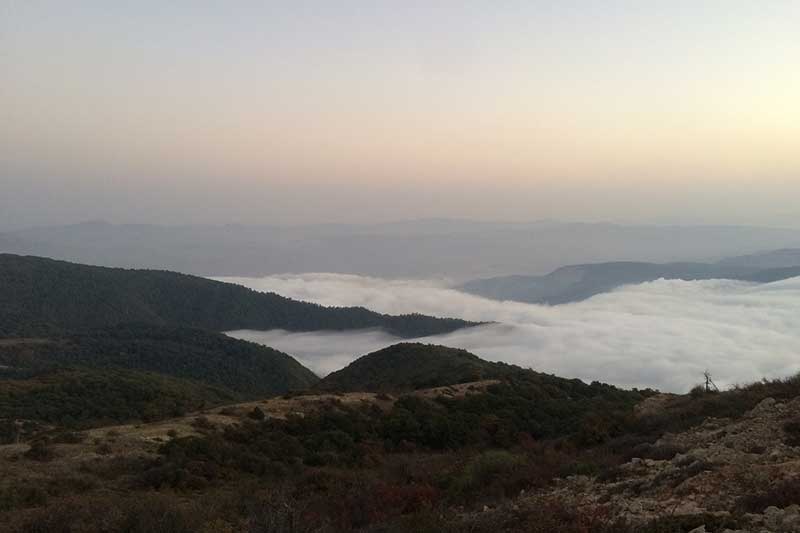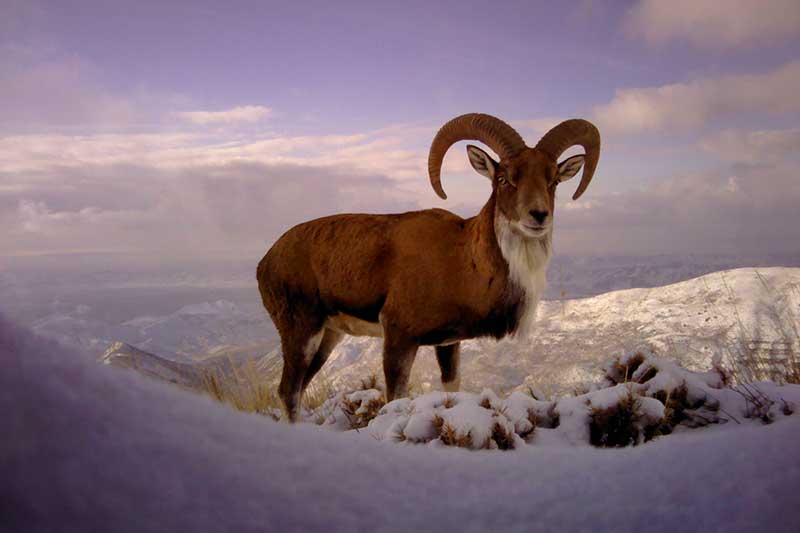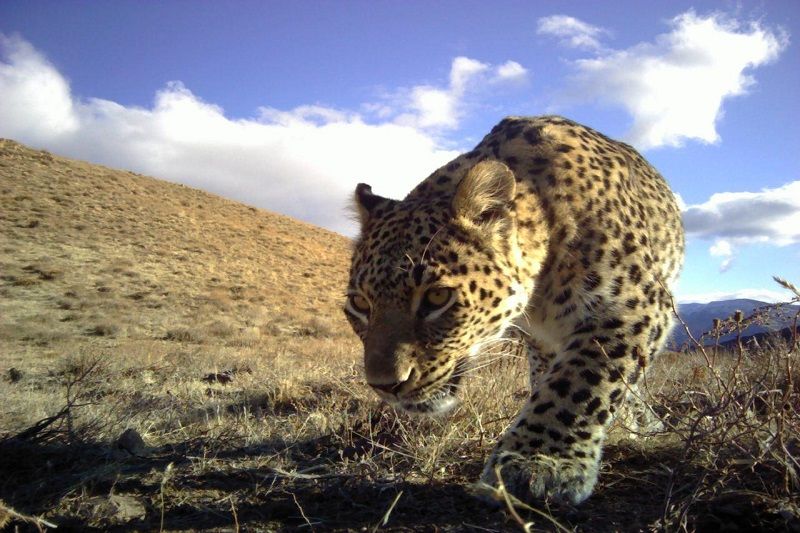Although specific species like Persian leopards, Asiatic cheetahs, and Persian onagers whose last haven has been the expanses of Iran are endangered, we can hopefully strive for a better future for these wonderful creatures. Mitra Gholami is an environmentalist and colleague of PTES’s Conservation Partner, Dr. Mohammad Farhadinia. She recently wrote to us about her collaboration with Visit Our Iran in which she is raising awareness about the magnificent endangered species in Iran through sustainable tourism.
National Parks in Iran

Iran has about 200 protected areas which together preserve the outstanding biodiversity of the country. These protected areas and National Parks encompass unbeaten paths leading to diverse ecosystems and provide incredible opportunities to observe wildlife. Each of these protected areas has its own magical signature; still, a few of them stand out since they are home to the greatest populations of endangered species. A couple are well-known to you, PTES supporters, who have helped us to protect some of the threatened wildlife that inhabits them.
Tandoureh National Park is one of the last safe havens of the biggest leopards of the world. Persian leopards live and roam along the green mountainous paths of this amazing park. Here they stalk their main prey such as urial sheep and wild goats that are usually found on the cliffs, easily identifiable by their gorgeous curled horns.
Researchers and rangers are trying their best to collaborate with one another to preserve and protect this valuable species and its prey.
Touran National Park is one of the most astonishing expanses where it’s possible to observe the mysteries of the wildlife that’s adapted to the arid and semi-arid regions of Iran. Being home to two of the most endangered species, Touran National Park has embosomed the greatest populations of Asiatic cheetahs and Persian onagers. So, if you take a safari into this expanse, reputed to be the little Africa of Iran, you might spot one of these stunning creatures. Unfortunately, their numbers have been reported to fall below 35; therefore, serious efforts are being made to preserve and reproduce this valuable species. On the other hand, successful projects and research are being carried out to preserve, reproduce, and introduce Persian onagers to Kavir National Park.
Golestan National Park is the first and oldest National Park in Iran that stretches for about 90,000 hectares in the north-eastern corner of Iran. Golestan National Park encompasses a great number of landscapes from mountain ranges and deciduous forests to steppe. Therefore, it is home to a great number of species. Biodiversity has been the rousing hymn of this particular protected area. The heights of the region present visitors with all this charm in one single perspective. You can read more about these wild frontiers in this blog.
Threats to wildlife in Iran
Poaching and illegal grazing are among the main threats that all protected areas are facing in Iran. Wildlife rangers are working closely with local herders and hunters to protect the endangered species. Through sustainable tourism, VisitOurIran wildlife tours offer unique wildlife experiences to the heart of nature and its offerings alongside the dedicated rangers in Iranian protected areas, to highlight the exceptional diversity of flora and fauna in this country and encourage awareness of its endangered species.
Written by Mitra Gholami.
Learn more about how we’re working to protect endangered wildlife in Iran:



